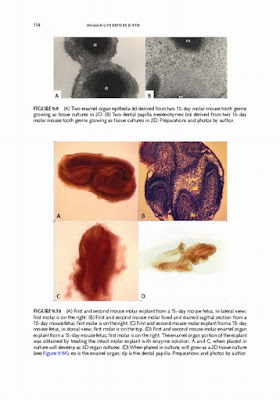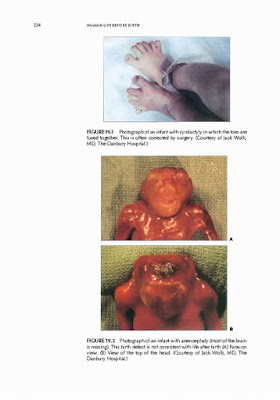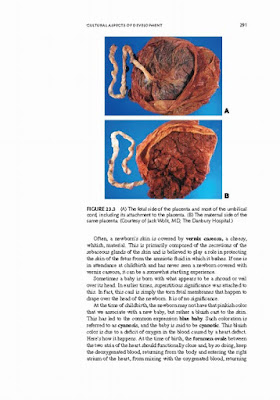by Frank Dye (Author)
For me, biology is the most fascinating undertaking to pursue, and human development is the most fascinating part of biology. As a child, I had the good fortune to receive a gift of a microscope and to have access to the shores of Putnam Lake, New York. The shores of the lake provided endless encounters with living creatures—often in the early stages of their development. The wonder I encountered there has stayed with me all the days of my life.
As an undergraduate at Western Connecticut State University (then Danbury State College), I chose to study biology and chemistry. It is a choice I have never regretted. By the time I applied to graduate school, I wanted to learn more about cells and embryos. My professors at Fordham University and a National Institutes of Health predoctoral fellowship provided me with the opportunity to do just that. Dr. James Forbes introduced me to the wonderful details of descriptive embryology and Dr. Alexander Wolsky introduced me to the insights of comparative and experimental embryology. Later, as a National Institute of Dental Research postdoctoral fellow, I came to learn about the formation of organs in the laboratory of Dr. Ed Kollar at the University of Connecticut Health Center, and, as a visiting fellow in the laboratory of Dr. Clement Markert at Yale University, I was able to learn how to manipulate early mammalian embryos.
Nothing gives me more pleasure than helping someone discover the fascination of development. Teaching courses in embryology and development has provided me with the means to do this. As I reflect on my own study of development, I am confident that the best approach to understanding development is to first understand some of the details of normal developmental biology. In my teaching and in my writing, I have tried to keep the horse before the cart; I have tried to remember where the student beginning a study of development is and to remember that normal development is at least as fascinating as is the experimental manipulation of it.
Therefore, I have written this book for readers with diverse backgrounds: intelligent laypersons, college undergraduates not majoring in science but interested in human prenatal development, biology majors who want to learn more about human development than is found in their general biology textbooks, and nursing students. Biology majors who plan to take an upper-level undergraduate course in embryology or developmental biology will appreciate this book’s focus on human development rather than animal development.
Nursing students will find that the treatment of human development has sufficient detail to provide a good foundation for their studies in obstetrical nursing. Also, students heading for medical school, who have never studied human development, will likely find this book a smooth introduction to the subject, which should make medical school embryology much more fascinating.
Product details
- ASIN : B07NJ1LN8N
- Publisher : CRC Press; 2nd edition (February 7, 2019)
- Publication date : February 7, 2019
- Language : English
- File size : 11558 KB
- Simultaneous device usage : Up to 4 simultaneous devices, per publisher limits
- Text-to-Speech : Not enabled
- Enhanced typesetting : Not Enabled
- X-Ray for textbooks : Enabled
- Word Wise : Not Enabled
- Print length : 424 pages







No comments:
Post a Comment